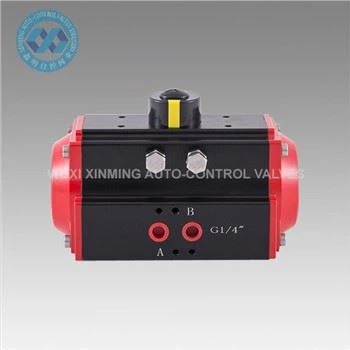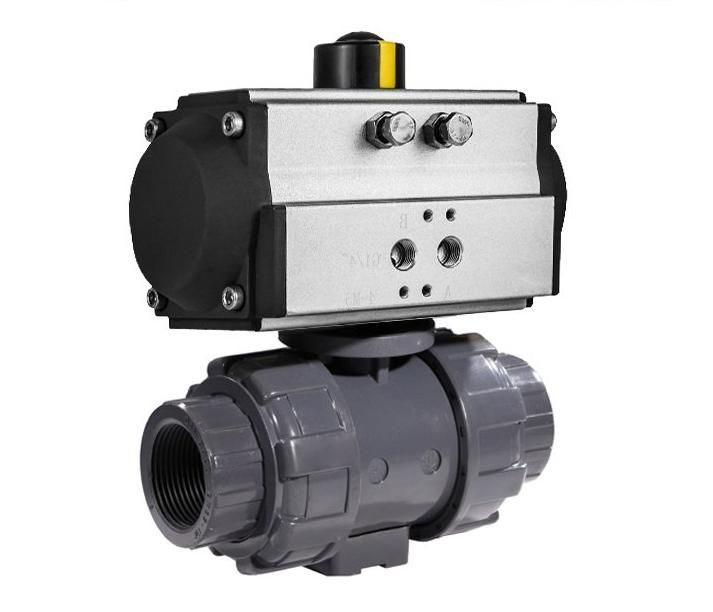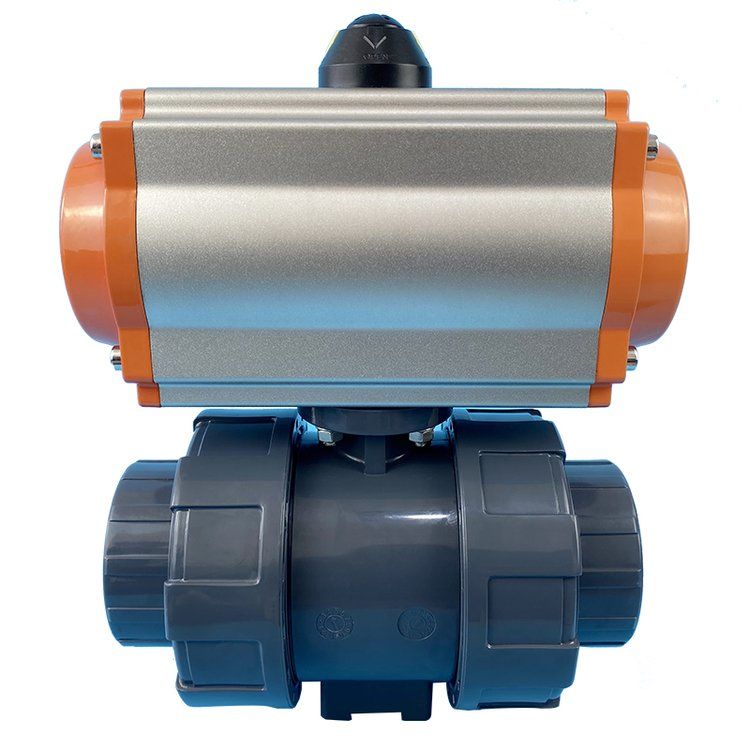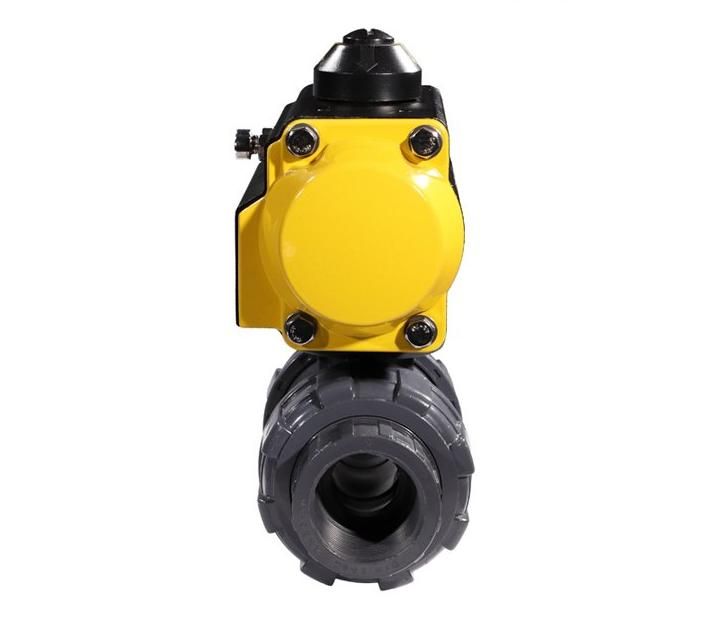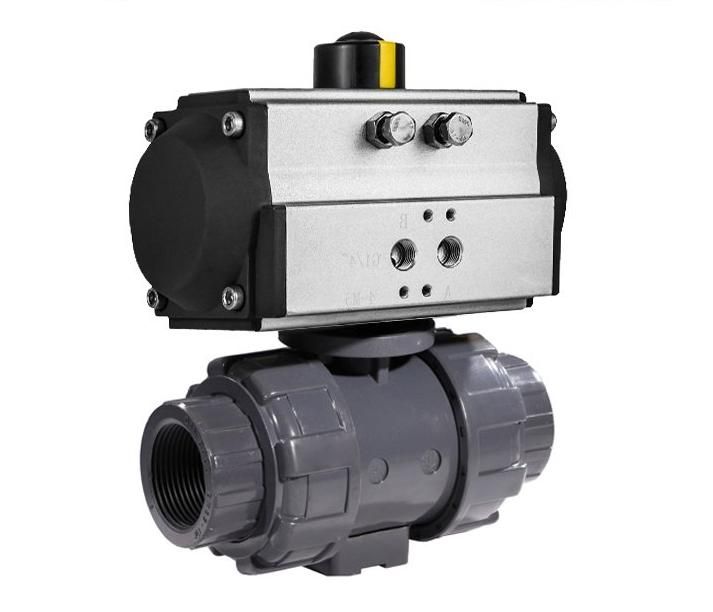Single-Acting Pneumatic Actuators in High-Temperature Environments
A single-acting pneumatic actuator can be used in high-temperature environments, but its suitability depends on design, materials, and the specific temperature range. Key factors include the actuator's construction materials, seal integrity, and spring performance under heat.
Material Considerations
- Standard housings use aluminum or cast iron (tolerate up to 120°C/248°F)
- For temperatures exceeding 150°C (302°F), stainless steel housings are required
- High-grade stainless steel can withstand up to 200°C (392°F) or more
| Material | Max Temperature | Application |
|---|---|---|
| Aluminum | 120°C (248°F) | Moderate temperature applications |
| Cast Iron | 120°C (248°F) | General industrial use |
| Stainless Steel | 200°C (392°F)+ | High-temperature environments |
Seal and O-Ring Requirements
- Standard nitrile or EPDM seals degrade in extreme heat
-
High-temperature alternatives:
- Viton® (fluorocarbon): -20°C to 200°C (-4°F to 392°F)
- Silicone: Similar range with short-term higher tolerance
- Prevents hardening and maintains airtight operation
Spring Performance
- Springs must resist thermal fatigue
-
Heat-treated alloys maintain tension:
- Inconel
- Chrome silicon
- Prevents failure during actuation cycles
Operating Limits and Protection
- Manufacturer specifications typically range 80°C to 250°C (176°F to 482°F)
-
Exceeding limits can cause:
- Housing warping
- Seal failure
- Spring relaxation
-
For extreme environments:
- Install heat shields
- Use insulation
- Apply high-temperature greases
In summary, while single-acting pneumatic actuators can function in high-temperature environments, selecting a model engineered with heat-resistant materials and adhering to manufacturer temperature guidelines is essential to ensure performance and longevity.
If you want to learn more about low-priced products, please visit the following website: www.xm-valveactuator.com






